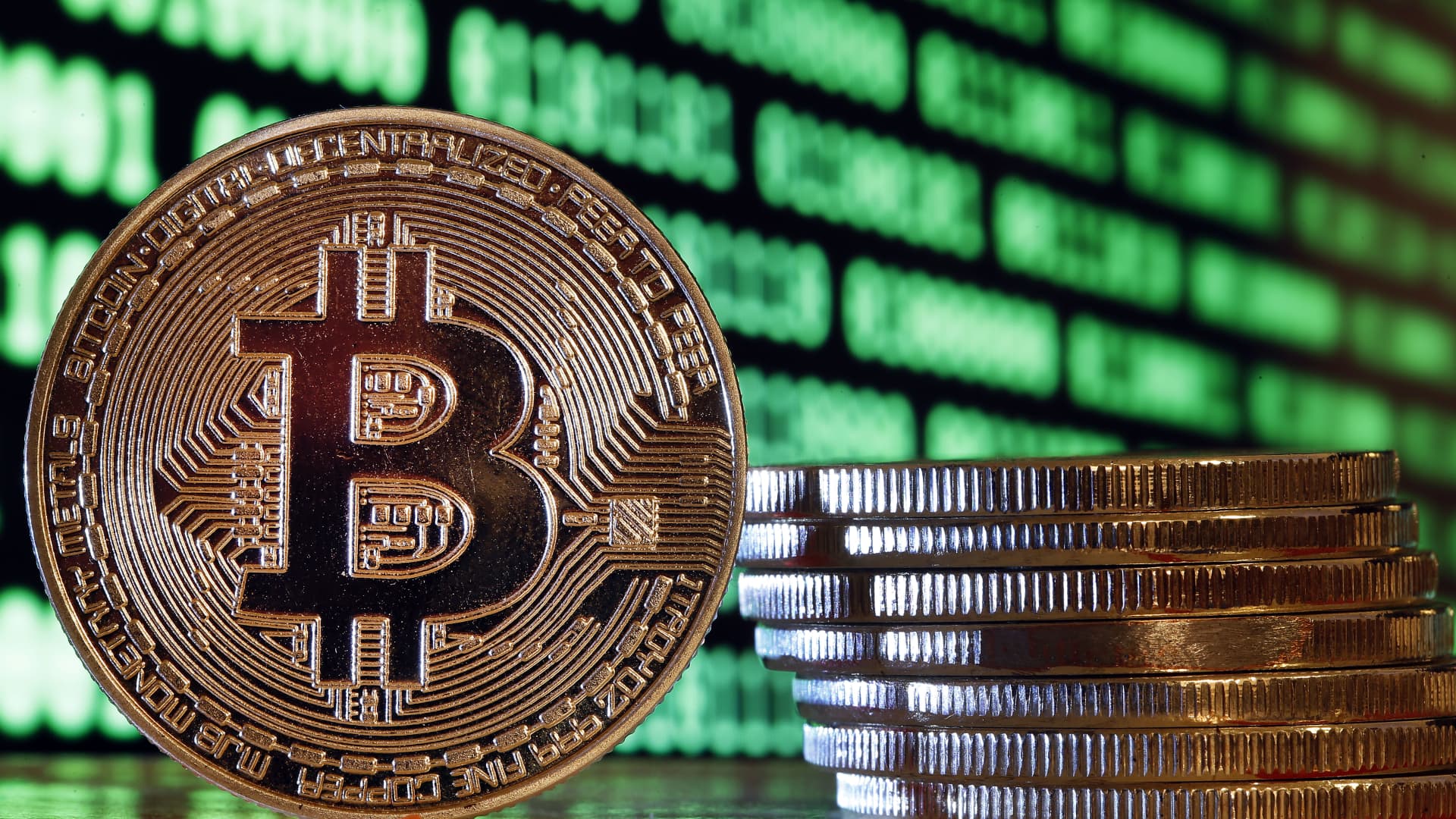Bitcoin pro traders seem to be warming up the $24,000 level, suggesting that the current BTC price rally has some strength in it.
The Federal Reserve’s interest hike matched the market consensus and weak employment data seemed to boost investors’ appetite for risk assets. However, BTC traders are advised to exercise some caution.

On February 1 and February 2, Bitcoin’s (BTC) price exceeded even the most bullish price projections after the U.S. Federal Reserve (FED) confirmed its plans to raise interest rates by 25 basis points.
Although Fed Chair Jerome Powell told investors not to wait for interest rate cuts in 2023, during his press conference he clearly said that the employment data is now the primary focus.
The results of the ADP payroll survey indicated on February 1 that the United States private sector hiring was considerably slower in January. ADP’s measure of private sector payrolls was 106,000, well below the 160,000 market consensus. That data underpinned investors’ expectations of future interest rate hikes by the FED moving forward.
After testing the $22,500 support on February 1, Bitcoin gained 6.5% within five hours and has since been flirting with $24,000. While these gains are exciting, traders need to know that the improvement in the crypto space sentiment tracked the risk-on attitude seen in the traditional markets.
Stocks with negative operating margins presented considerable gains on February 2, including Coinbase (COIN) 20%, Cloudflare (NET) 15%, Unity Software (U) 12%, and DoorDash (DASH) 10%. This factor alone should be seen as a warning sign that the gains of the past several weeks may not be sustainable. It is also critical to note that Bitcoin’s 40-day correlation to the S&P 500 remains above 75%.
Possible regulatory headwinds may also have played an integral role in supporting Bitcoin’s upside momentum. A former member of the Monetary Policy Committee (MPC) at the People’s Bank of China (PBOC), Huang Yiping, recently insisted that a permanent ban on crypto might result in many missed opportunities.
Huang who is now an economics professor at Peking University’s National School of Development criticized Bitcoin for lacking any intrinsic value but noted that crypto-related technologies are ‘very Valuable’ to the regulated financial systems.
Let us review the derivatives metrics to determine whether the professional traders added any leverage positions after Bitcoin’s recent price gains.
Bitcoin Margin Traders Eye $22,500 Support
Margin markets offer in-depth insight into how professional traders are positioned since it lets investors borrow crypto to leverage their positions.
For instance, one coin can gain exposure by borrowing stablecoins to purchase Bitcoin. On the flip side, Bitcoin borrowers can just short the crypto as they bet on its price dropping. Unlike futures contracts, the balance between margin longs and shorts is not always matched.

The published market chart indicates that OKX traders’ margin lending ratio rapidly increased on January 30, indicating that professional traders added leverage long after Bitcoin managed to successfully bounce after it tested the $22,500 support.
More notably, January 29 marked the indicator’s lowest level in over eleven weeks at 13 favoring stablecoin borrowing by a wide margin – it shows that shorts are currently not confident about building bearish leveraged positions. Currently perched at 24, it is clear that the bulls are becoming highly comfortable with the current $22,500 support.
Options Traders Now Favor An Optimistic Bias
Traders need to also analyze options markets to determine whether the recent rally has made investors become more risk-averse. The 25% delta skew is a telling sign whenever arbitrage desks and market makers are overcharging for downside or upside protection.
The indicator is designed to compare similar call (buy) and put (sell) options and will readily turn positive when fear is prevalent since the protective put options premium is higher than risk call options.
In general, the skew metric will move above 10% in case the traders fear a Bitcoin price crash. Looking at the other hand, generalized excitement reflects a negative 10% skew.

The 25% delta skew has been relatively calm around negative 5, indicating similar odds for downside and upside movements from the options traders. On the bright side, not even the $22,500 retest on January 31 was adequate to break the bulls’ spirit. Integrated with the lack of demand from the margin traders willing to short Bitcoin, the derivatives markets paint a bullish picture.
Even if it takes a little longer, maybe several days, to break above $24,000, there are no signs of stress coming from the Bitcoin margin and options markets. Nonetheless, traditional markets continue to play an integral role in setting the trend, thus Bitcoin investors should avoid becoming overconfident.








